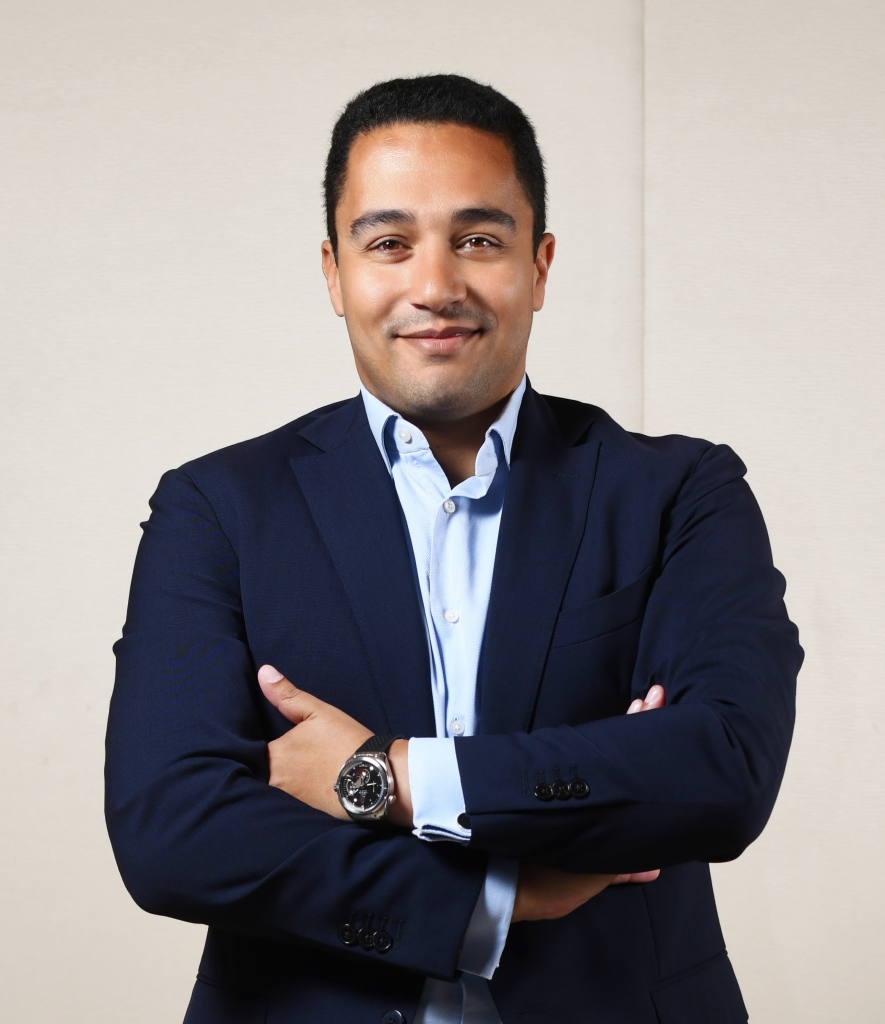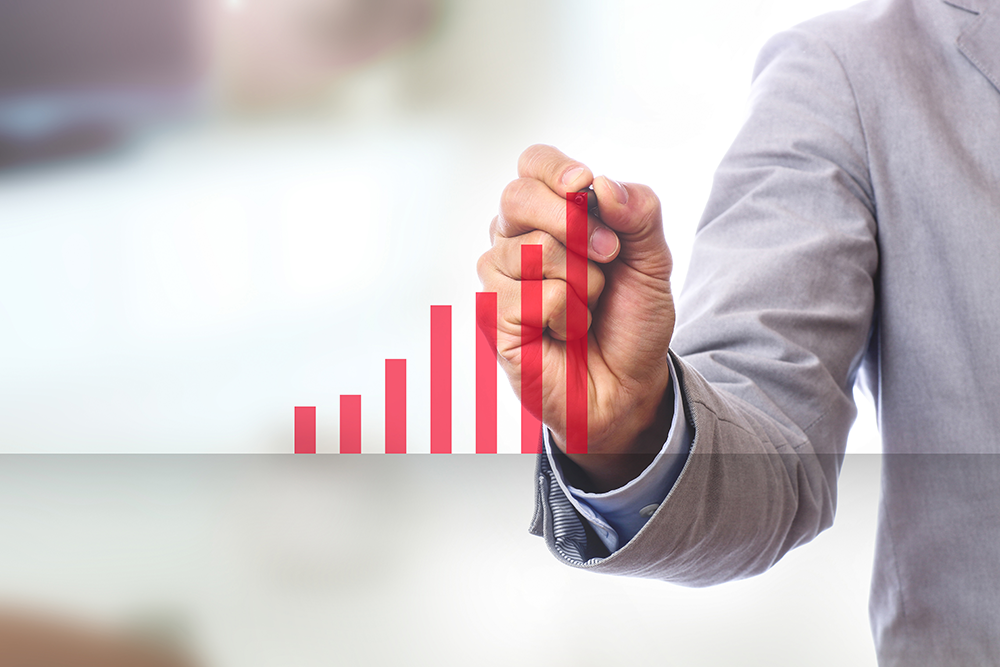With IoT creating unprecedented opportunities for organisations to transform their businesses, we asked Loukas Tzitzis, Chief Products and Marketing Officer, Nexign, how enterprises can deploy data from IoT devices to pursue growth.
The deployment of the Internet of Things (IoT) in enterprises allows for significant optimisation of relevant business processes as well as the creation of new value for the enterprises’ end-customers by providing them with IoT-driven brand-new products and services.
While this sounds like an attractive business opportunity, it does require a comprehensive and intelligent approach.
IoT infrastructure is a complex ecosystem that involves a variety of components – devices, applications, processes, and all the generated data – that are very different by design. Not only this but these components can differ even if they fall within the same broad category.
For example, applications can be built at different times, by different developers, or in different programming languages. This inequality makes it more complicated and challenging to manage the IoT infrastructure efficiently, and furthermore, extract value for business development.

Here is where one of the most progressive IoT technologies – Digital Twins – comes in. Digital Twins provides a unique capability to create digital models of the physical processes, which enables efficient management of the components via a single interface and in a single digital environment, regardless of the difference in components.
Moreover, the technology includes a capability to create a variety of different models, in line with the industry specific requirements that the enterprise operates in. This provides enterprises with obvious benefits in terms of meeting their specific needs.
An example use case of Digital Twins’ implementation is predictive analytics. Imagine a hydroelectric power station. Myriad pumps are working every day with a specific rate of pressure, but suddenly a pump starts pumping faster or slower, which is abnormal.
Without IoT it would be difficult to spot this issue, and this could have far reaching consequences, anywhere from disruptions in internal manufacturing processes all the way to a power outage in the entire region, where the station is located. But by using Digital Twins technology, the station can create very detailed digital models of all the pumps and reflect the models on the screen of a responsible specialist.
The specialist can see the functioning deviations instantly and in this event, trigger countermeasures to prevent the issue from spiraling out of control. This application has tremendous value when we talk about Smart Cities. In addition to averting catastrophe, with Digital Twins, the data about the abnormal functioning becomes part of a Big Data set which can be used to prevent such fails across many hydroelectric stations and other industrial companies.
Another application for IoT is security. Digital identity is gaining relevance and consequently attracting more interest from hackers, who are keeping pace with technologies and constantly searching for vulnerable links as new opportunities for data breaches. Artificial intelligence (AI) and real-time data analytics, powered by sophisticated Machine Learning algorithms, will not only help timely detection, but also predict and prevent a hackers’ fraud attempts.
Even if hackers steal a phone or sim-card, they will remain unsuccessful, as the confidential information of the user will be saved with a smart combination of modern IoT technologies. Moreover, the information about the fraudulent activities will go further to the Big Data core, turning into useful knowledge for fraud prevention across millions of other devices.
As we can see, IoT holds great promise for both enterprises and end-users. Digital life and data generated by urban and industrial environment, along with proper technologies, help to improve the efficiency of knowledge extraction and speed and accuracy of decision-making.
This provides all the people with more security and convenience. For our part, we at Nexign are highly interested in supporting all the IoT-driven digitalisation initiatives that help improve people’s life. In fact, trending technologies like Digital Twins and predictive analytics are already imbedded in our solutions, enabling our customers to quickly reach root-cause and resolve issues with minimal resources.



